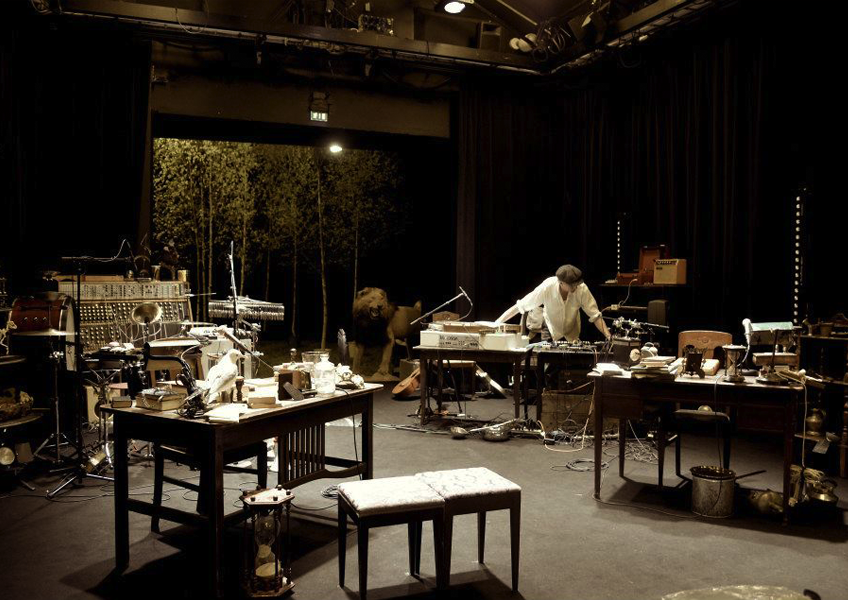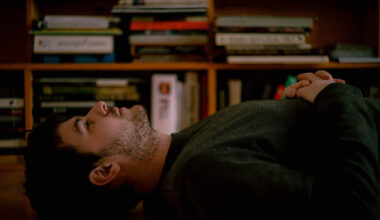Matti Bye‘s third album, Capri Clouds, moves through the element of the air and further into space. A lone piano sounds, echoes – sometimes like a waltz. We have the sound of the wind with us and the sound of the sea below us as we fly, and above we hear the stars and planets spinning.
A piano from the past, as if Satie met space – as if Spiritualized and Satie talked to each other across timeand space.These songs go straight to the heart and to the senses, and create images in your head. Stories from your own memory bank, as well as new visions – music to lean into, meditatively and hopefully longing. But there is also an undertone of something dark and desolate. Musically, Matti Bye moves within the realm of neo-classicism, but he is also approaching romanticism. References to composers suchas Schubert and Beethoven are to be found here, as well as to post-romantic bands such as Kraftwerk and The Cure.
FACTS
1. Sun
2. Moon
3. Earth
1. What is the biggest inspiration for your music?
Unfamiliar sounds I hear when visiting a new place. An open mind is my greatest source of inspiration when I am truly happy and fully engaged in lifeís mysteries, the beauty and darkness that surround us.
2. How and when did you get into making music?
My journey into music began in childhood when I played the piano obsessively. However, it wasnít until my twenties that I truly found my calling. I was given the opportunity to create music for a silent film, which was my first experience with improvisation and composing for visual media. This experience opened my eyes to the possibilities of music and film working together, and it ultimately shaped my career path. Although I released my first album late, Iíve since dedicated myself to composing and recording albums.
3. What are 5 of your favourite albums of all time?
Berlin by Lou Reed
Radioaktivit‰t by Kraftwerk
Jazz p svenska by Jan Johansson
The Velvet Underground & Nico (with the iconic Warhol album cover)
Amarcord by Nino Rota
4. What do you associate with Berlin?
Berlin is the only place where I find both the peace to focus on my work and at the same time get a constant flow of inspiration.
5. What’s your favourite place in your town?
DjurgÂrden is my favorite spot. It’s a large, beautiful park by the water with a blend of nature and tranquility.
6. If there was no music in the world, what would you do instead?
I’ve always been fascinated by the power of visual imagery and the written word so I guess I would be a filmmaker and a writer.
7. What was the last record/music you bought or listen?
The last album I listened to was ìKvarpanî by the artist Isak Hedtj‰rn. His work is a blend of genres, and Iím always inspired by artists who push boundaries and explore new sonic territories.
8. Who would you most like to collaborate with?
Brian Eno is at the top of my list of dream collaborators.
9. What was your best gig (as performer or spectator)?
One of my most memorable performances was at the Atonale Festival/Kraftwerk with the dark techno artist Varg.
10. How important is technology to your creative process?
Technology plays a crucial role in my creative process, especially during the stages of inspiration and research. It allows me to explore new sounds and experiment with different techniques. However, when Iím in the actual process of composing and recording, I try to let go of the technical aspects. At that point, itís all about the music and the emotions. The technology fades into the background, and I focus entirely on the creative flow.
11. Please tell us a little bit about your new album “Capri Clouds”.
Capri Clouds is the final record album in a trilogy, following the albums Bethanien and This Forgotten Land. The project began several years ago during a residency in Capri. Over time, the album evolved, becoming a meditation on light, the sky, and the idea of looking upward and forward. It’s about finding hope and renewal, seeing the light rise above the clouds, and gaining new spirit even in the face of darkness.


